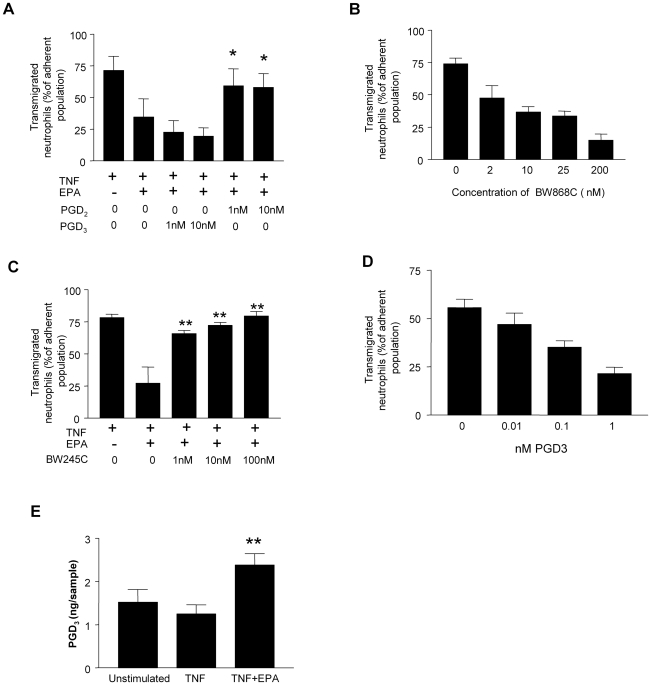Figure 7. The role of AA- and EPA-derived eicosanoids in neutrophil transmigration.
(A) When PDG2 was perfused across a population of neutrophils adherent to EPA-treated endothelial cells, neutrophil transmigration was restored. However, PGD3 had no significant effect on neutrophil behaviour. All data are mean±SEM of four experiments. ANOVA showed significant effect of treatment on transmigration. *p<0.05 compared to EPA-supplemented endothelial cells in the absence of PGD2 by Dunnett test. (B) The DP1 receptor antagonist BW868c dose-dependently inhibited neutrophil transmigration on TNF-stimulated endothelial cells. All data are mean±SEM of five experiments; ANOVA showed a significant effect of BW868c concentration (p<0.01). (C) Perfusion of the DP-1 receptor agonist, BW245C, across neutrophils adherent to EPA-supplemented endothelial cells restored neutrophil migration to control levels. Data are mean±SEM of five experiments. ANOVA showed a significant effect of treatment on transmigration. **p<0.01 compared to EPA-supplemented endothelial cells in the absence of BW868C by Dunnett test. (D) Neutrophils perfused across TNF-stimulated endothelial cells in the presence of PGD3 showed a significantly reduced ability to migrate across the monolayer. Data are mean±SEM of three experiments; ANOVA showed a significant effect of PGD3 concentration on transmigration (p<0.01). (E) The levels of PGD3 released from endothelial cells are increased after EPA supplementation. Data are mean±SEM of three experiments. ANOVA showed a significant effect of treatment (p<0.05). **p<0.01 for PGD3 production compared to endothelial cells activated with TNF without EPA supplementation by Dunnett's test.

